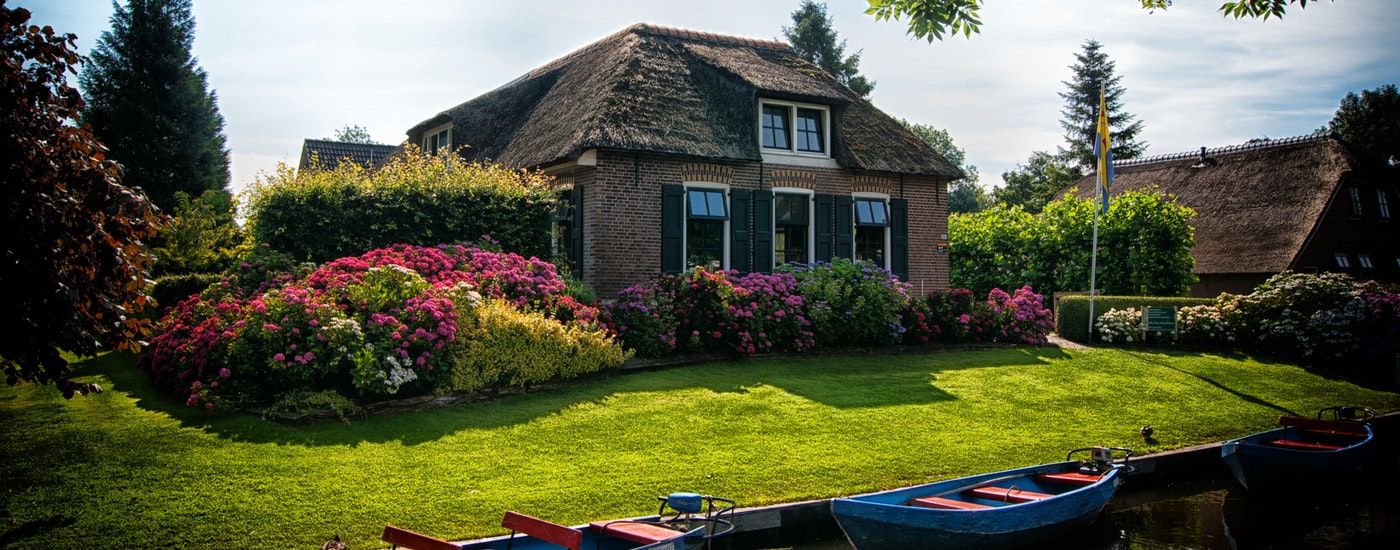Design Tips in Landscape Architecture
June 13, 2019
Do you want to know what Landscape Architecture is and why has this term become so fashionable? Well, here, we will tell you!
Landscape Architecture, as an object of study, aims to provide cities with greater identity and respect for the environment.
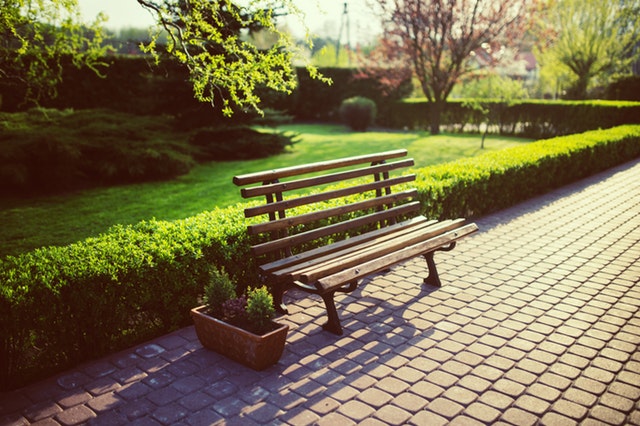 |
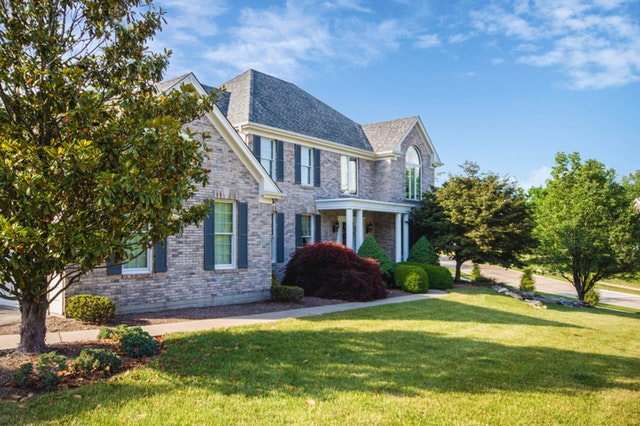 |
Landscaping or landscape architecture is the art of projecting, planning, designing, conserving, and rehabilitating public spaces. Within the scope of this profession, architectural design, environmental restoration, urban design, residential development, as well as the planning of parks and recreation spaces are included. It is necessary to use the appearance, the present size and the future size, as well as the scale of the vegetation as attributes that can print quality to the space, the size of a tree or an area is relative, it can be large or small depending in front of the object that is compared is compared. The size also depends on the distance between the object and the observer; this is where the scale takes its real dimension. The proportion is an essential factor in Landscape Architecture because, through the management of heights, width, and depth we will provide quality spaces to our community, the texture and color of the materials are used to give visual harmony to an area, while the hierarchy is useful to get size ranges. In cases where the authority of the sizes of the spaces results from a sequence of spaces that change progressively, some will have to be emphasized so that they become dominant.
Vegetation selection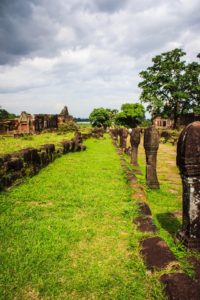
The vegetation of the projects in Landscape Architecture should be selected based on:
- The hardness Resistance to temperature, precipitation and soil types, tolerance to urban conditions as well as to the characteristics of shade and light filtration.
- Form and structure. Height and time of maturity or growth, structure in terms of branches. Shade characteristics and light filtration.
- The foliage, the flowers, and the fruits. Form, size, texture, and color of the foliage.
Use of trees
It is recommended for the management of trees in open spaces, especially in the following purposes:
- To relate buildings to the site or other nearby buildings.
- To demarcate borders and areas.
- To protect from wind, dust, sun, and noise.
- To direct pedestrian circulation
Space
When doing an urban project or Landscape Architecture we must provide a sense of direction, creating a sense of mobility in the user and stimulating it to move in the space, it is convenient to frame those views that we think are convenient, drawing your attention, such as er an access or essential element within the area. It is advisable to contain, creating the sensation in the observer of being in a small area that is part of others and not in a space too large.
Barriers and limits
The vegetation should be used to propitiate visual limits to the outer space, using mainly the following resources:
- The effect of horizontality in the sky using trees whose stem is tall and whose foliage forms a green vault.
- The effect of verticality using trees with a short stem and dense foliage, delimiting the exterior spaces.
It is necessary to use the vegetation as a screen that visually blocks those elements that we consider can visually contaminate our space, with this we can project a visual control of the landscape through the direction of the view. It can be used in various ways to hide waste areas, services, construction activities, storage areas, parking, industries, electricity, etc.
Climatic factors
- Sundown. The vegetation should be used to clarify the extreme sunny conditions; it is necessary to intercept the excessive sunlight by obstructing it, using plants with dense foliage or multiple layers of vegetation.
- Rain. Trees, shrubs, and grasses should be used to control soil erosion. The action of the rain is usually the cause of the loss of the earth or its coating. Erosion control can be carried out utilizing roots, which when fibrous and superficial become more effective through the trunk bark, which when it is rough, presents the quality of diminishing the runoff of water.
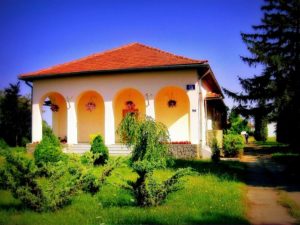 The use of vegetation in Landscape Architecture as windbreaks to reduce the damage caused by the wind, we can find in the proportion of the height of the plants. The use of leaves and dense foliage as barriers can be useful to control the movement of the air as well as the use of the trunks in high quantity and proximity help to reduce the speed of the wind. The vegetation should be used to emphasize or clarify aspects of interest in the relief of the land looking for a specific spatial intention. By attenuating the different reliefs with the vegetation, an effect of continuity is created in the space; it is very convenient to consider the topography as a natural resource of the landscape to frame views, provide privacy and make the surfaces of the land appear fluid and unobstructed.
The use of vegetation in Landscape Architecture as windbreaks to reduce the damage caused by the wind, we can find in the proportion of the height of the plants. The use of leaves and dense foliage as barriers can be useful to control the movement of the air as well as the use of the trunks in high quantity and proximity help to reduce the speed of the wind. The vegetation should be used to emphasize or clarify aspects of interest in the relief of the land looking for a specific spatial intention. By attenuating the different reliefs with the vegetation, an effect of continuity is created in the space; it is very convenient to consider the topography as a natural resource of the landscape to frame views, provide privacy and make the surfaces of the land appear fluid and unobstructed.
Well, friends, as you can see, these tips can be constructive if you are going to design your own public space or urban equipment. Landscape Architecture is quite essential and increasingly becomes more relevant. So far this first article of the day hoping that it has been to your liking, for more content like this remember to enter http://www.balboacourt.com/ and I invite you as always to join the blogging community on social networks, I send a greeting and we read later.
